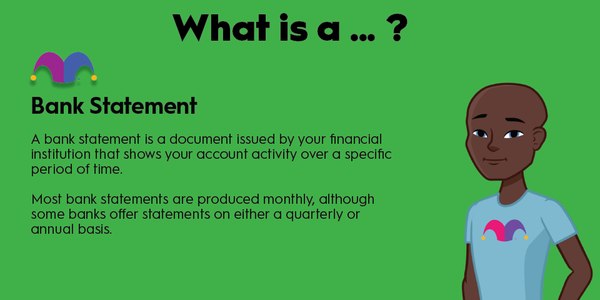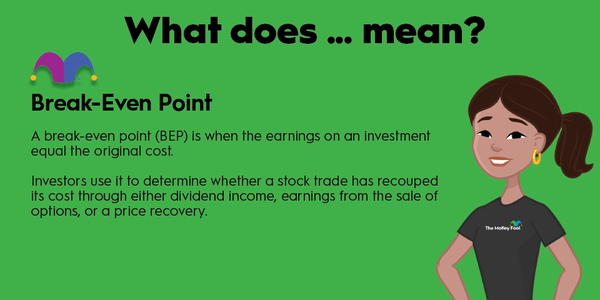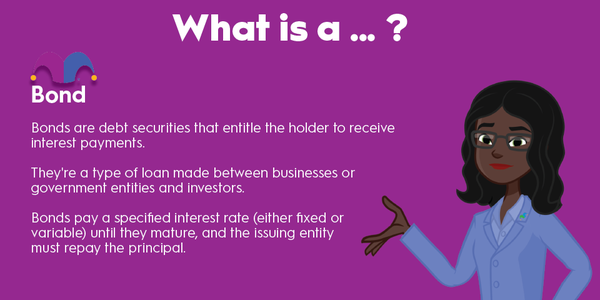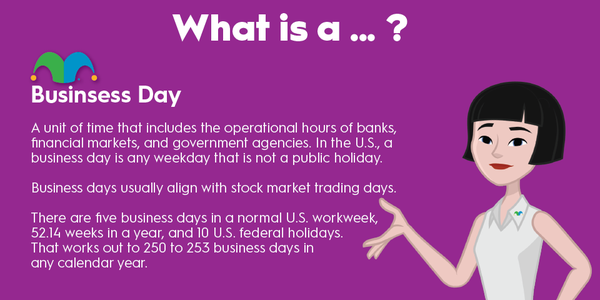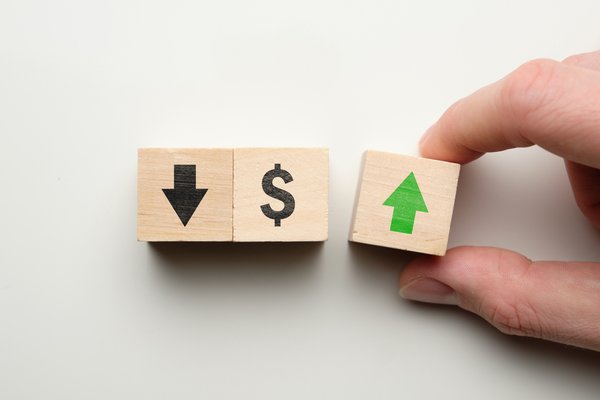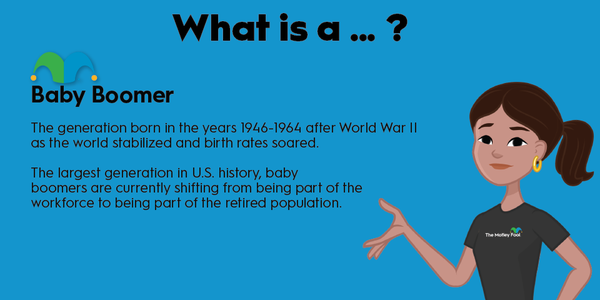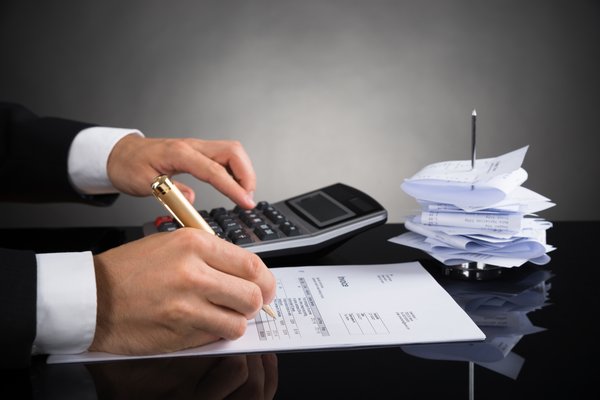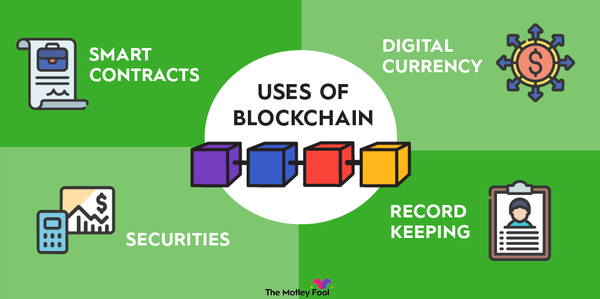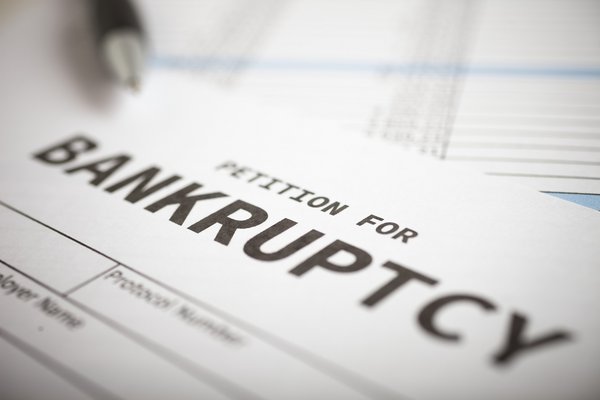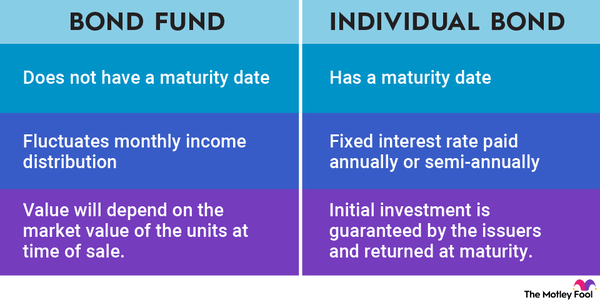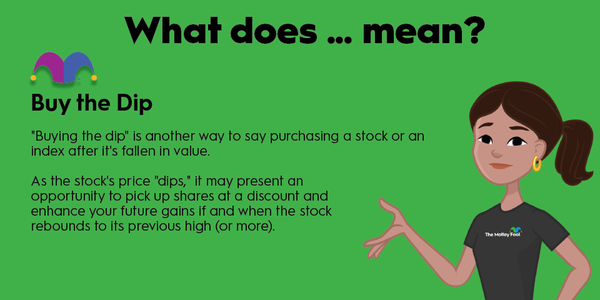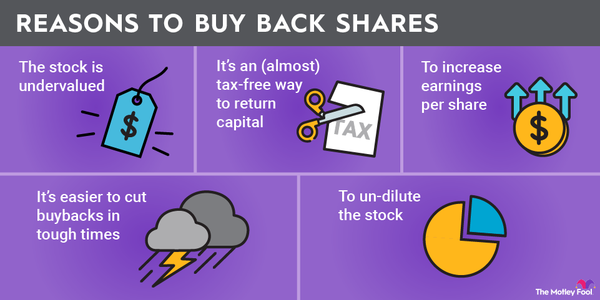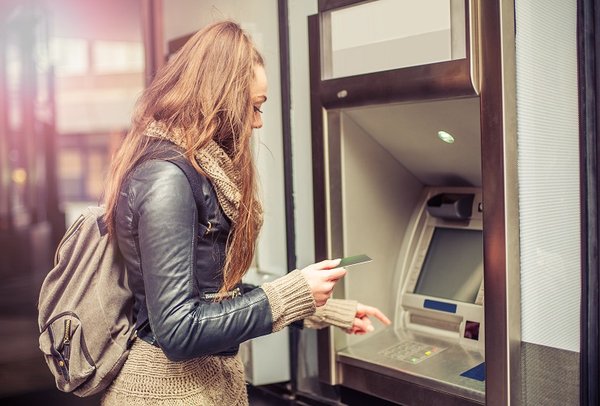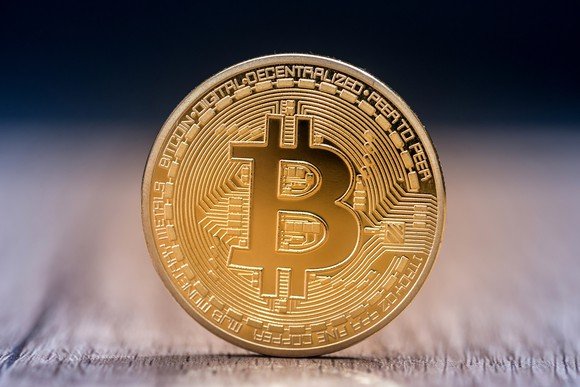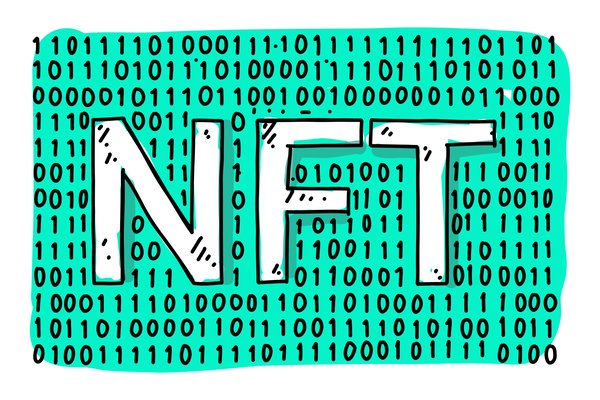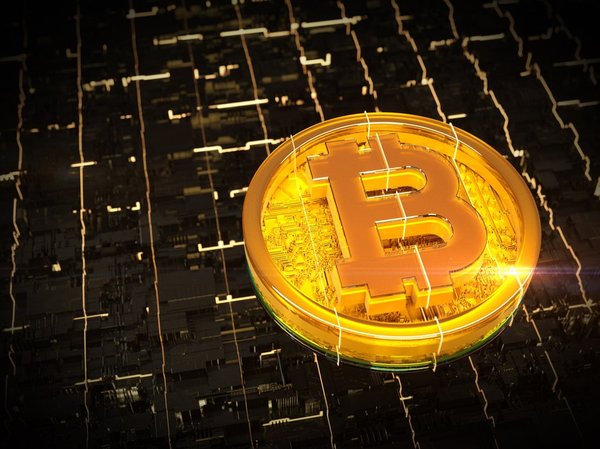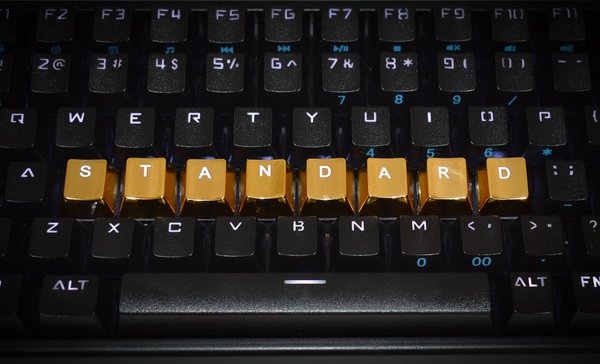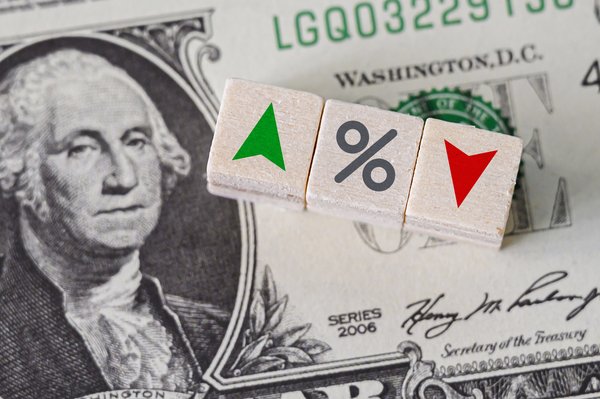A bank run occurs when a large volume of deposits is withdrawn from a bank in a short period of time. Typically, a bank run happens when customers have reason to believe the bank will fail in the near future and are worried about losing their money or losing access to their money.
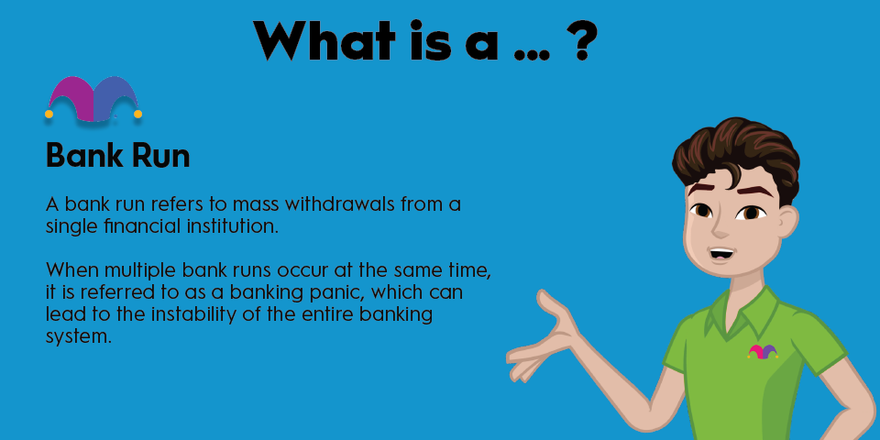
What is a bank run?
A bank run refers to mass withdrawals from a single financial institution. When multiple bank runs occur at the same time, it is referred to as a banking panic, which can lead to the instability of the entire banking system. In fact, a wave of bank runs is one of the major contributing factors to the Great Depression after Americans lost faith in the banking system due to a wave of bank failures.
Why is it bad?
Why is a bank run bad?
In the United States, we use a fractional-reserve banking system. This means that the bank only keeps a small portion of its assets in cash, with the rest in the form of loans and other investments on its balance sheet, designed to generate returns for the bank.
If a bank had 100% of its assets in cash (which would be a terrible business model), a bank run wouldn’t be as big of a deal. But because banks typically only have a small percentage of their assets available for customer withdrawals, a bank run can be a major destabilizing force. In short, if a bank completely runs out of cash, it can become insolvent and fail.
Bank runs can cause a bank to collapse that wouldn’t have otherwise. Think of it this way: As customers start to panic and withdraw deposits, the bank’s financial condition weakens, and more customers rush to make withdrawals.
It’s very important for financial institutions to avoid customer panics and to quickly contain any potential bank runs. Financial institutions have some tools to do this, such as acquiring additional cash from the Federal Reserve or from other banks to cover deposits or temporarily limiting customer withdrawals, although the latter is generally not a preferable option.
What happens when a bank fails?
What happens when a bank fails?
When a bank fails in the United States, it is taken into receivership by the Federal Deposit Insurance Corporation, or FDIC, which was created in the wake of the Great Depression to restore confidence in banks. The FDIC’s preferred remedy is for a healthy bank to acquire the failed bank, but if there are no immediate buyers, a temporary bank will be established to ensure continuous operations.
From a customer’s point of view, the FDIC insures as much as $250,000 in deposits per person, per institution. Investment assets are separately insured by the Securities Insurance Protection Corporation, or SIPC. Any deposits in excess of $250,000 are technically uninsured but have the first priority to be recouped when the bank’s assets are sold. In practice, however, the government has ensured depositors that all funds deposited in U.S. banks are safe, even in the event of a bank collapse.
Example
Real-world example of a bank run
The most recent high-profile bank run in the United States was the one that led to the failure of Silicon Valley Bank. The bank, which primarily served tech startups and other business clients, had an unusually high percentage of uninsured deposits due to its abundance of large accounts.
The bank run started after Silicon Valley Bank announced that, in order to free up some capital, it had sold $21 billion in Treasury bonds that it had intended to hold to maturity and that the sales had resulted in a $1.8 billion loss. This caused major venture capital firms to worry about the bank’s financial condition, and they urged the startups they invested in to pull their money out of the bank. In a single day, over $42 billion (of a roughly $175 billion deposit base) was pulled out of Silicon Valley Bank, leading the FDIC to shut it down in the middle of the day.


